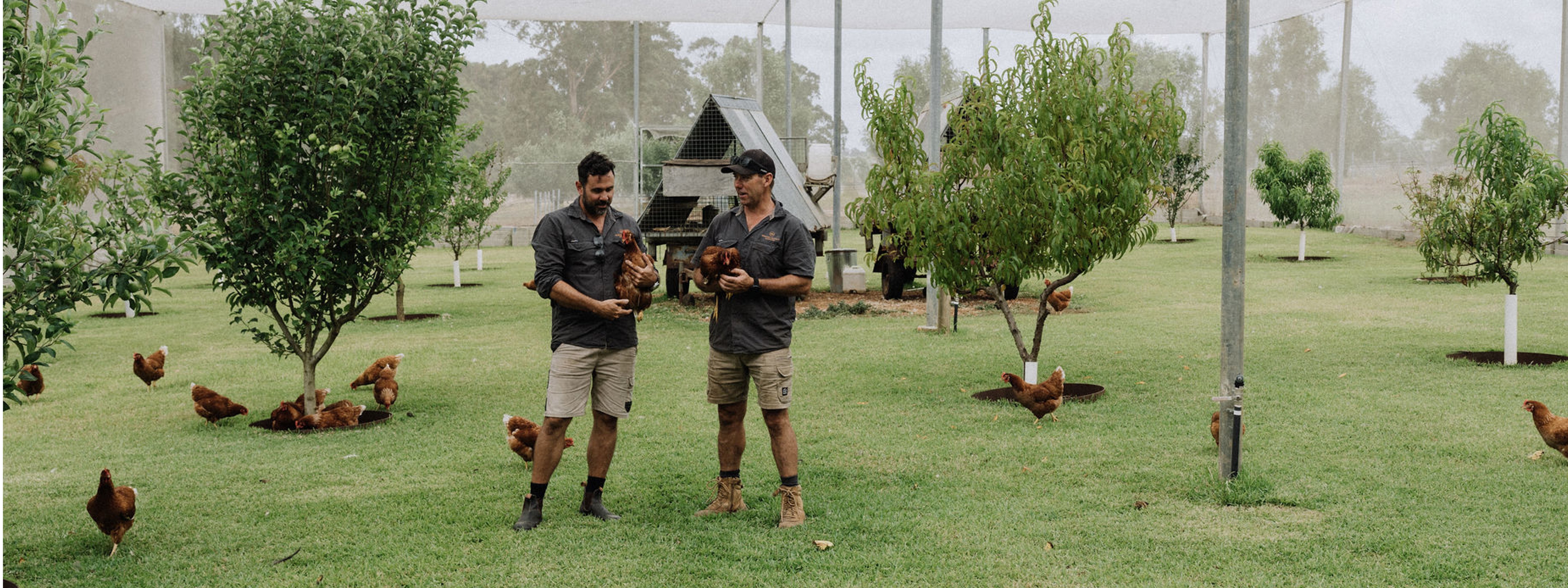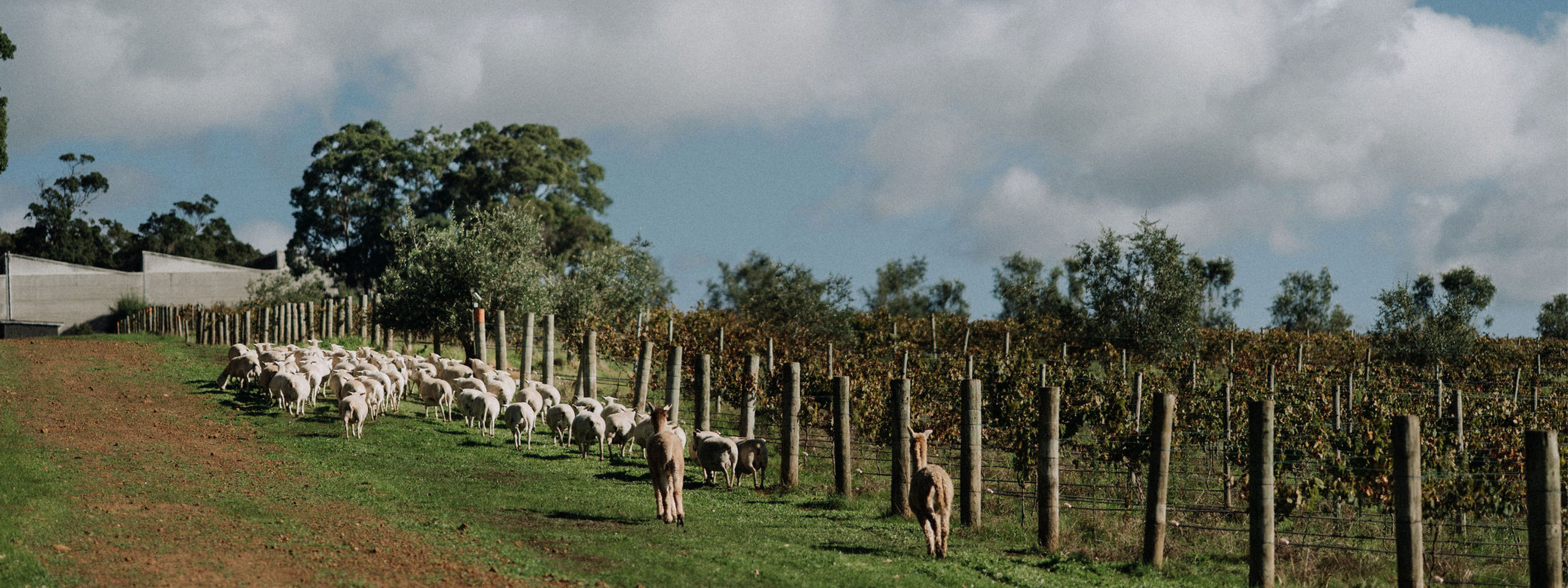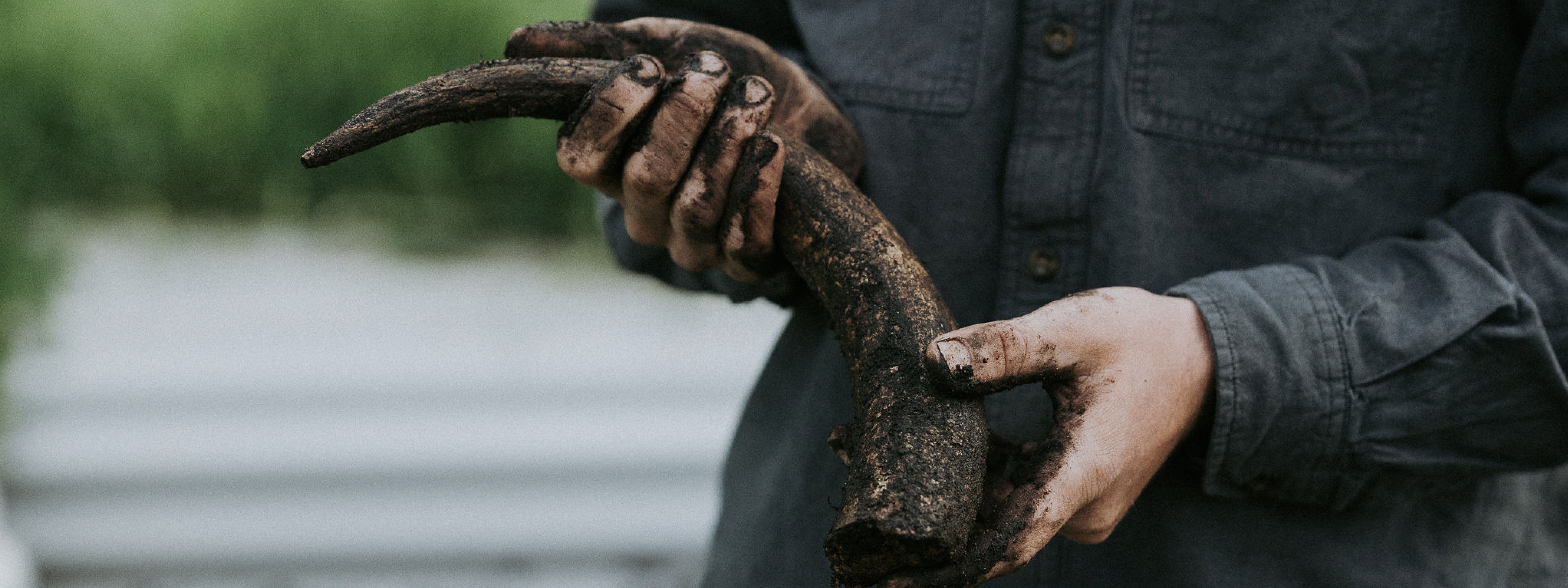Our vineyards are farmed with a deep sense of purpose: to nurture the land, preserve its vitality and express its character through the wines we craft. Our aim is to farm sustainably, using practices that are ecologically sound, economically viable and socially responsible. Everything we do in the vineyard is about balance. We believe a truly healthy vineyard is one that hums with life. Biodynamics nurtures not only the vines and the soil beneath them, but the complex web of flora and fauna that make up the broader ecosystem. By eliminating synthetic chemicals and encouraging natural processes, we create a safe haven for native wildlife.
It's a regenerative cycle: healthy wildlife supports healthy vines, which produce wines that truly reflect the land they come from.
biodynamic farming
Core Practices
Environmental Balance
We match grape variety to climate, vine vigour to soil type and crop load to canopy size. Throughout the growing season, our vineyard team carefully manages each block with practices like pruning, shoot thinning, leaf removal and crop selection — always aiming for harmony between the vine and its environment.
Natural Pest Management
Rather than relying on synthetic or even organic pesticides, we focus on creating an environment where pests are naturally controlled. By encouraging biodiversity and the presence of predator species, we manage populations of insects and other threats without intervention.
Cover Crops in the vineyard
We plant diverse cover crops like legumes and grasses between rows to build nitrogen, improve soil structure, attract beneficial insects and prevent erosion. These green companions contribute to a healthier, more resilient vineyard ecosystem.
Compost
Each year, we compost our grape marc (skins, seeds and stems) with local cattle manure. After a year of slow fermentation, the nutrient-rich compost is returned to the vineyards post-harvest, feeding the soil that feeds our vines.

Birds, bees and insects
Bees are vital to biodiversity. While grapevines are self-pollinating, the presence of wildflowers and cover crops attracts native bees and other pollinators, supporting biodiversity far beyond the vines themselves.
Beneficial insects like ladybirds, lacewings and parasitic wasps help naturally control pest populations, reducing the need for intervention.
Native birds contribute by preying on bugs and rodents that could otherwise damage young shoots and fruit.
When these creatures flourish, so does the vineyard. Their presence is a sign of balance, a testament to the vitality of the land. A healthy vineyard ecosystem isn’t just good for the environment – it results in stronger vines and, ultimately, wines that are more expressive, balanced and true to place.



